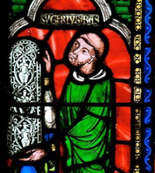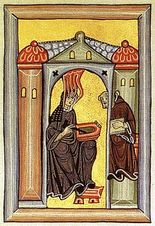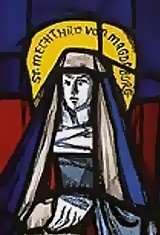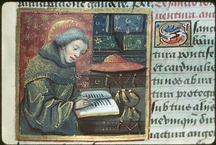Writings of the Church Fathers and Mothers
|
St. John of Damascus
Apologia Against Those Who Decry Holy Images (c.740) Click here for the full text |
The divine beauty is not set forth in form or shape, and on this account it cannot be conveyed by an image (ouk eikonizetai) it is the human form which is transferred to canvas by the artist's brush. If, therefore, the Son of God became man, taking the form of a servant, and appearing in man's nature, a perfect man, why should His image not be made? If, in common parlance, the king's image is called the king, and the honour shown to the image redounds to the original, as holy Basil says, why should the image not be honoured and worshipped, not as God, but as the image of God Incarnate? |

Suger, Abbot of St. Denis
from The Book of Suger Abbot of St. Denis on What was Done During His Administration (c. 1148) Click here for an excerpt |
All you who seek to honor these doors, |




